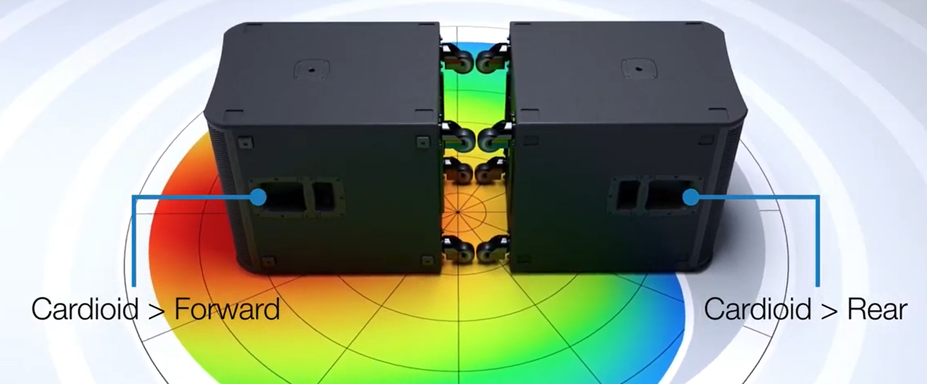I do not know much more than the concepts that uniform directivity is one feature of good sound quality, I also understand getting that uniform directivity down as low as possible is also another feature of good sound quality. Its obvious why we do not have commercial designs that have uniform directivity below say 800hz or 700hz likley due to the mostrosity of bass bins.
Have any science based research or even if its experienced based subjective support to the idea if directivity to as low as possible for the mid bass to 300hz or even lower if its possible produce a significantly better sound as opposed to a standard bass cabinet like the M2?
Have any science based research or even if its experienced based subjective support to the idea if directivity to as low as possible for the mid bass to 300hz or even lower if its possible produce a significantly better sound as opposed to a standard bass cabinet like the M2?

